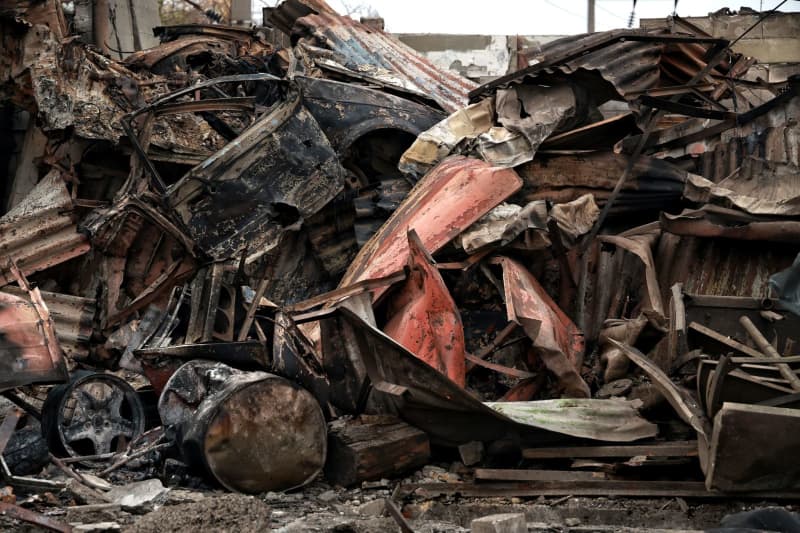A recent drone attack by Russian forces on the Ukrainian port city of Odessa resulted in one death and several injuries, according to local military officials. The attack, which occurred on Thursday evening, caused significant damage to residential buildings, a church, and vehicles, sparking multiple fires. In addition, crucial infrastructure was compromised as the district’s heating pipe was hit, necessitating the shutdown of one heating plant and affecting the main heating pipeline. This assault is part of a larger trend, as Russia has been consistently targeting civilian areas in Ukraine, especially with the approach of winter, further incapacitating about 50% of Ukraine’s power capacity.
In light of these ongoing assaults on critical infrastructure, NATO Secretary General Mark Rutte has called for increased support for Ukraine from alliance members and Western partners as cold weather approaches. He emphasizes Russian President Vladimir Putin’s potential tactics in using winter as a weapon against Ukraine by targeting essential energy supply systems. To combat this looming threat, Rutte insists on strengthening air defense systems to protect vital infrastructure. Moreover, he encourages NATO members to enhance their defense spending and production capabilities, suggesting that a goal of 2.5 to 3% of gross domestic product should be considered, surpassing the current NATO target of 2%.
Meanwhile, Ukrainian President Volodymyr Zelensky is preparing to introduce a 10-point plan aimed at bolstering domestic security amidst the ongoing war. This plan, set to be revealed next week, will focus on energy supply resilience and weapons production improvements, among other critical issues. In his latest nightly video address, Zelensky commended the effectiveness of Ukrainian forces in defending the front lines, especially in the Kupiansk area. Reports had indicated Russian armored vehicles may have entered Kupiansk, which had been previously occupied by them until retaken by Ukraine; however, the Ukrainian General Staff later reported that the attack had been repelled.
In a notable admission, the former governor of Russia’s Kursk region, Roman Starovoit, acknowledged that Russian soldiers tasked with defending the area engaged in looting activities. This rare acknowledgment garnered applause from local residents who had been dealing with break-ins at their abandoned homes. While the Russian state news agency TASS has accused Ukrainian forces of looting in areas they have captured, information suggesting this has remained contentious, particularly regarding Glushkovo, which was never under Ukrainian control.
Additionally, there have been reports from occupation authorities in eastern Ukraine depicting the impact of Ukrainian forces’ operations on civilians. Authorities claimed that Ukrainian drone strikes resulted in two elderly women being killed in the Russian-controlled Luhansk region. These claims, which assert Ukrainian forces attacked a vehicle carrying civilians and shelled residential buildings in Lysychansk, have not been independently verified. Ukraine has consistently maintained that it does not deliberately target civilians. The conflict has extended beyond 1,000 days, with Ukraine striving to reclaim territories under foreign control.
As the war continues, NATO has intensified its efforts in the Baltic region, with Secretary General Mark Rutte visiting Latvian military maneuvers, highlighting the commitment to a stronger multinational NATO brigade. This engagement reflects NATO’s focus on enhancing collective defense strategies among member nations in response to increasing tensions stemming from the conflict in Ukraine, particularly as the situation escalates with the onset of winter and the associated threats to infrastructure and civilian safety. The need for concerted international support for Ukraine remains urgent as the country navigates its multi-faceted challenges amid ongoing warfare and humanitarian concerns.

